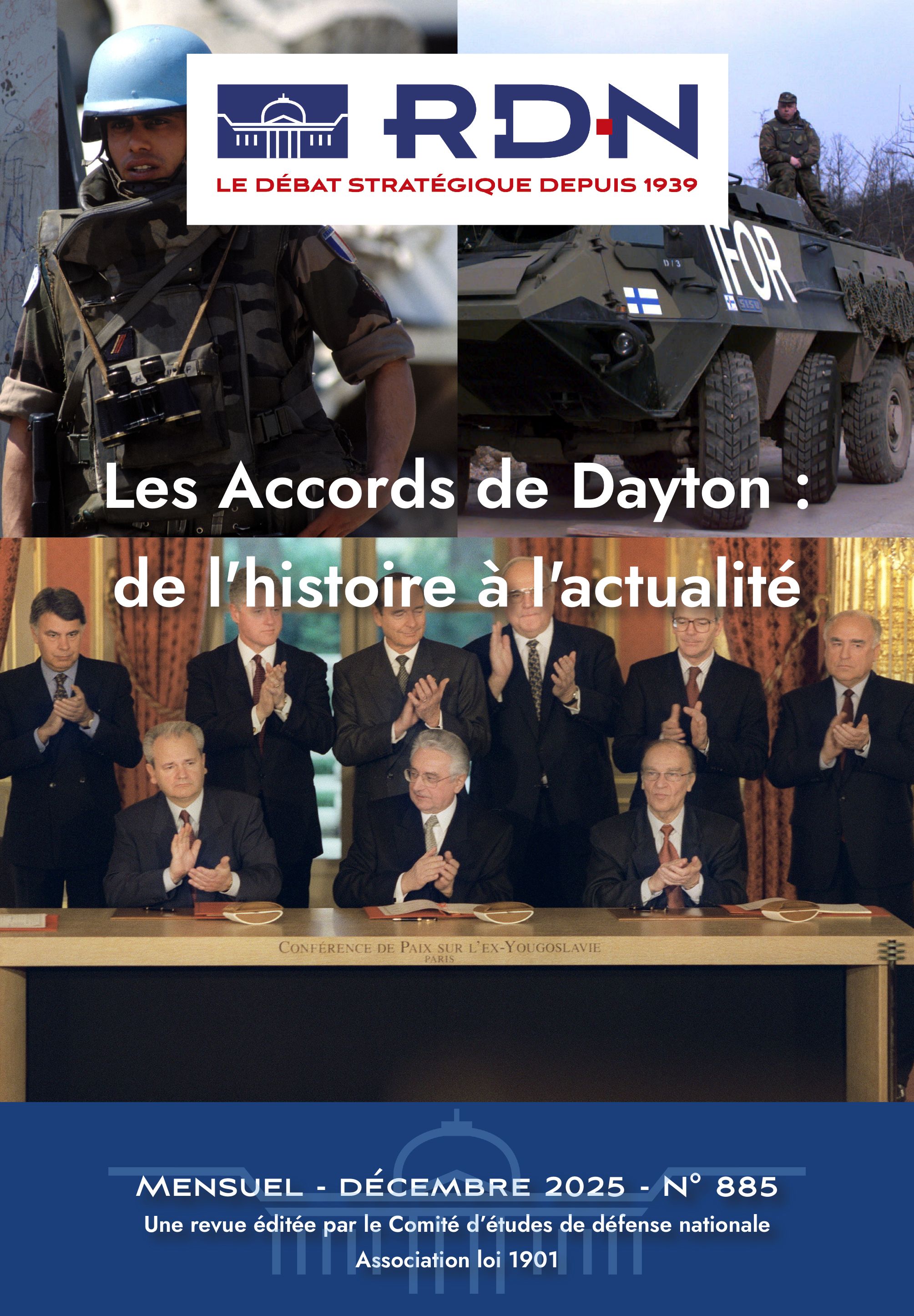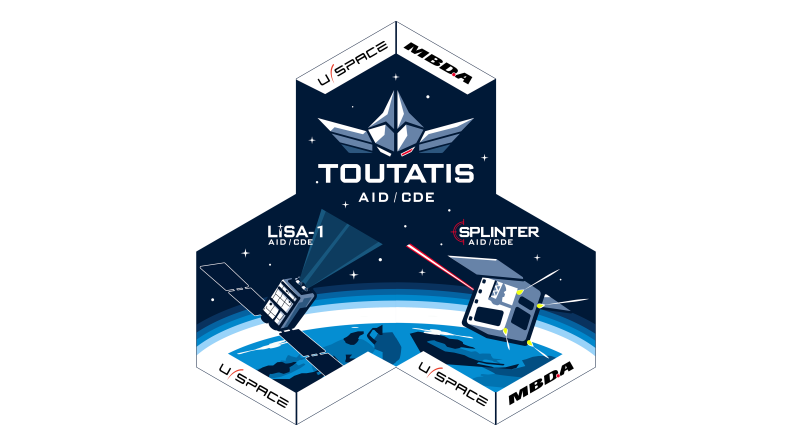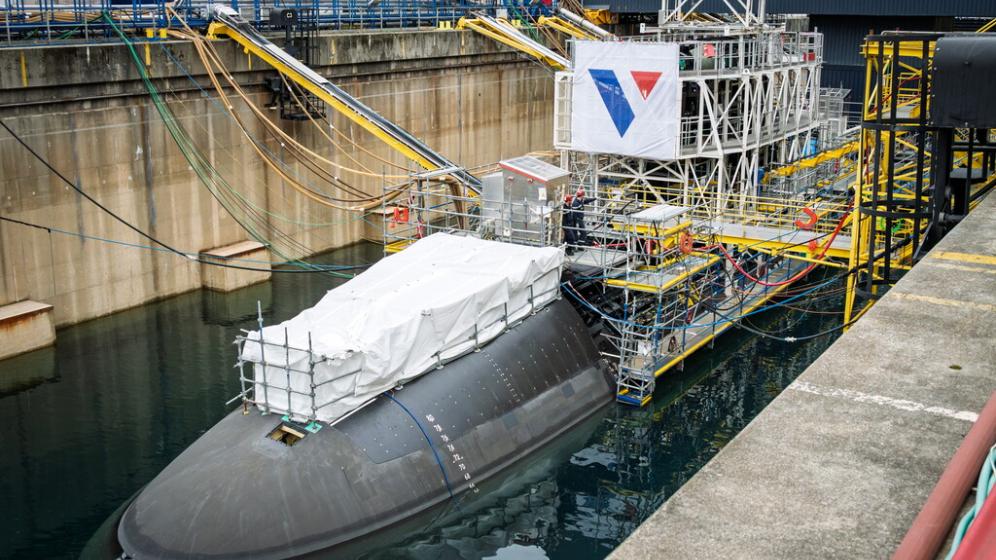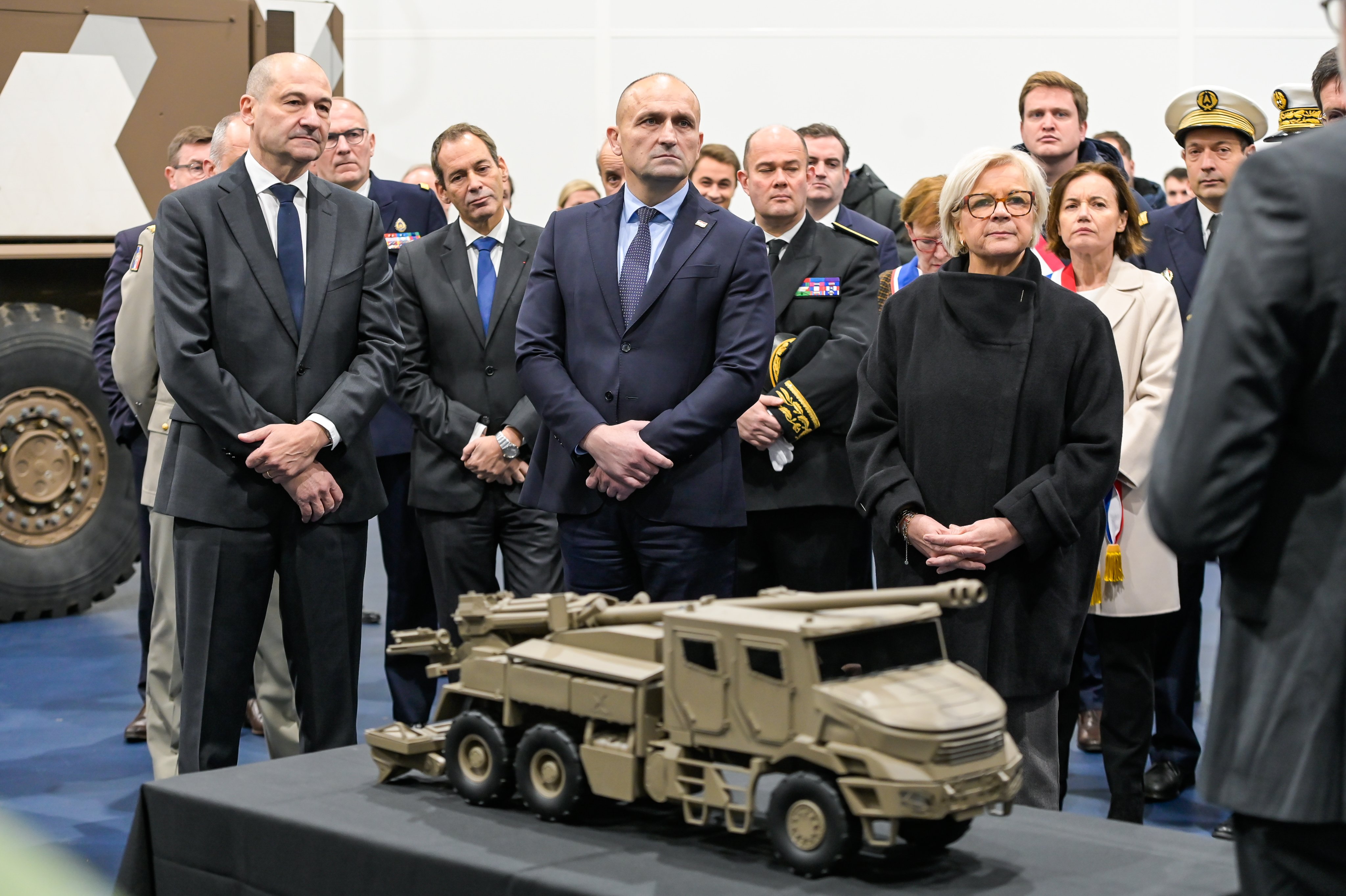Over the past ten years the strategic landscape has been dominated by what are called asymmetric conflicts. Whilst this context has served to highlight certain capabilities, it should not be used as a pretext for abando- ning others which are best suited to high-intensity conflict.
Adapting Military Capability
While the nature of war remains constant, its forms are fluid and frequently complex. The conflicts in which our armed forces have been regularly involved are proof of this, covering a particularly wide range of warlike activity, from inter-state wars to both high-tech and low-tech asymmetric confrontation with sub-state actors.
A quick historical perspective reminds us that the domination of Western powers in many conventional state conflicts in the past (such as the Korean, Vietnam, Falklands, Israeli-Arab, Gulf and Kosovo Wars) has been due to the superiority of their aviation in general. That air superiority was achieved through tactical innovation (such as ‘Mig Alley’ in Korea and Operation Bolo in Vietnam), and through technical innovation (superior speed prior to the nineteen-seventies, and manoeuvrability and stealth since the nineteen-eighties). That same air superiority was threatened by the introduction of missiles during the Vietnam War, but has been thoroughly re-established with mastery of electronic warfare, and by substantial improvements in preparation and training techniques (Red Flag exercises, for example).
Since the beginning of this century successive conflicts in Iraq (the Second Gulf War in 2003) and Afghanistan have focused strategic thinking on asymmetric models and counter-insurgency approaches which tend to minimise the role of air power. However the lessons learned from these two experiences demonstrate to us that as far as air power is concerned there is continuity of risk between the phases of coercion and stabilisation. There are no frontiers in the sky, and in it the strongest wins: in Lebanon in 2006 Israel had the painful experience of its strategic planning being confounded by paramilitary units equipped with modern and powerful weapons.
Operations Harmattan and Serval remind us of the difficulty of planning for future conflicts. It was the preparation and adaptability of our armed forces which allowed us to respond to both crises.
In parallel with this, the economic expansion of Third World countries, together with their access to technology, increases the risk that we may find ourselves facing adversaries equipped with militarily significant forces. While Western defence budgets are reducing, emerging countries are in the throes of an arms race and investing heavily in advanced military technology—notably military aviation and the many advanced technologies which accompany anti-air and anti-ship operations. These weapons can range from the semi-obsolescent to those of the latest generation, such as the Russian S300. They offer good value for money to the countries concerned, and can deny free access to a more powerful attacking force.
If there is no counter-strategy, these capabilities confer on an ill-intentioned state the ability to deny access to a common space such as a strait or air route, with obvious economic implications. To respond effectively to this type of challenge the armed forces must be capable of action in all the spaces involved: air, sea, land, cyber and extra-atmospheric space. The ‘air sea battle’ concept developed in the United States seeks to frustrate the anti-access/air denial strategy of a ‘peer competitor’ and favours an integrated, inter-connected system of forces with a resilient communications network, capable of launching multiple attacks on both physical key points and the control of enemy weapons systems. For the foreseeable future this will form the concept of operations of all coalitions led by the United States, and to which we will need to adapt ourselves.
The question at issue is this: how do we adapt our capabilities and our military structures to the evolution of today’s way of warfare? The concentration upon asymmetric threats which has dominated our planning over the past ten years could still lead to results in the strategic short term; it could also be dangerously inappropriate when faced with a possible brutal resurgence of high intensity war. Moreover, budget cuts must not be allowed to lead to rivalry between these two paradigms, giving the impression that an exclusive choice has to be made between the two.
In this context we must drive change in our military capabilities to allow us to carry out missions (probably with reduced resources), while at the same time minimising the impact on the degradation of our operational tasking. If we can succeed in identifying the way ahead, our key objective must be to preserve our overall capability. France currently fields a solid, highly credible military machine: a significant force offering a wide spectrum of military options, possessing the rare capability for initial entry, to act as an influential partner in a coalition, and to maintain its shape.
The fundamental capabilities needed to retain France’s influence
At all costs, France must retain its capability to react quickly and effectively, and to effect initial entry into a theatre. To do this, the exploitation of air power is primordial. Control of air space is the precursor to any operation; it guarantees to the Government the ability to make decisions and to exert influence in the decision-making of a coalition, and offers freedom of action. This is a French sphere of excellence shared by only two other Western powers, the United States and the United Kingdom. The capability is based on the sharing and mastery of information in real time, on being able to set in motion complex command and control structures, and on quick implementation of strategic reach.
It is the overall coherence of air power that allows government authorities to benefit from a wide spectrum of crisis management options until the last possible moment, so allowing them to retain an acceptable measure of autonomy to express our national will. This coherence is the product of both complementarity and the close interdependence of separate capabilities, which include planning, command and control of operations, situation evaluation, varied modes of action producing a wide range of military effects, logistic and other support of the forces engaged—notably air-to-air refuelling and electronic warfare, both home-based and local. Among other constraints, this implies the need to maintain a consistently high level of personal qualification and training standards, for French Air Force equipment demands a high level of technical ability, and considerable autonomy for its operators.
While major budgetary constraints legitimise a tendency to revise formats, France’s credibility and its capability to influence events make it essential for the country to maintain a certain level of capability, not only over the operational spectrum concerned and the force levels which can be committed, but in particular in the domains which are most critical at the European level: AWACS, in-flight refuelling and strategic transport.
What to adapt to achieve savings
While France must to retain its fundamental capability of autonomous intervention in a state of interest, it can nevertheless draw upon a new approach to its existing reach capabilities in order to extend them. Extended reach and upgraded performance of equipment and infrastructure, together with the dynamic management of a network of overseas bases (yet to be set up), will enable the country to respond to the increasingly distant areas of major crisis.
Further study is needed in order to adapt our modes of operation, particularly those which involve the generation and maintenance of capabilities demanding major effort, such as air combat capability. We need to adapt the systems we use and the entire process of maintaining capabilities to new requirements. There is more than one way of achieving this, and we might consider broadening the scope of training using simulation, or shifting a proportion of the basic and continuation training currently being carried out in busy frontline units to less expensive virtual reality platforms, in order to preserve the value and the quality of training hours. This principle should allow us to preserve our high intensity initial entry capability, and also a long-term endurance capability based on a force trained in a different way, and at lower cost.
We could also look at pooling certain capabilities with our principal partners. The first possibility is to exploit the synergy that already exists between members of NATO, with the aim of having a common finance pool, which could be to our advantage. One example already in existence is infrastructure financing for some of our bases through the Air Basing project.
A second approach is to establish convergence in operating procedures, for example the development of European structures based on existing cooperation in the fields of strategic transport and in-flight refuelling. These new structures would be flexible, evolutionary and have strong growth potential, and would allow us to identify mutual interests and savings, and favour cooperative agreements. Ultimately, they could lead to the sharing of tools and structures on the basis of a common range of applications: these might include maintenance, training, flight security or mission preparation. They would avoid sensitivities affecting national sovereignty, since each state would retain operational control over its own resources.
In this context of cost savings through adaptation of capability while at the same time ensuring that impact on operational tasking is minimised, we could also examine making increased use of our reserve forces. Reserve units could usefully compensate for reductions made in capabilities which are particularly vulnerable to peaks of activity: an example of this would be the mobilisation of C2 structures.
There are other possibilities available to us in the search for new sources of finance outside the main budget. We could consider further sales of radio frequencies, notably in the field of telemetry. Another idea might be to make the case for European financing for those dual capabilities which support European security; R&D expenditure in the civil and military aircraft industry, for instance, represents the major proportion of the European and French defence industrial and technological base, researching 20 of the 27 areas of technology defined as critical. Furthermore, the side effects and other benefits which these technologies bring to the industrial sector are many, and go well beyond benefiting just the aerospace industry. Moreover, since R&D is an area well suited to supporting the construction of European defence, this all bodes well for the future.
Finally, it would be fruitful to consider exploring new concepts (within reasonable cost constraints) which would be distinct from those developed by our American partners. The use of gliding bombs or cruise missiles associated with new ISR capabilities (such as satellite navigation combined with Rafale’s Spectra electromagnetic sensors) is a promising approach to the suppression of enemy air defences. ♦







